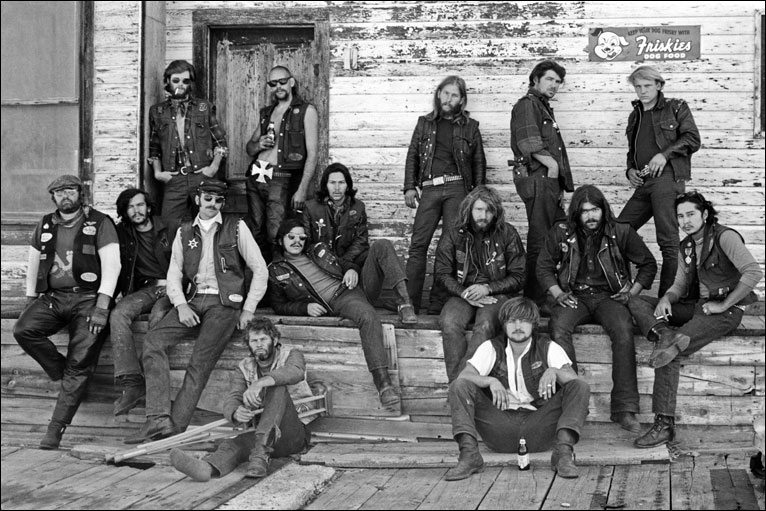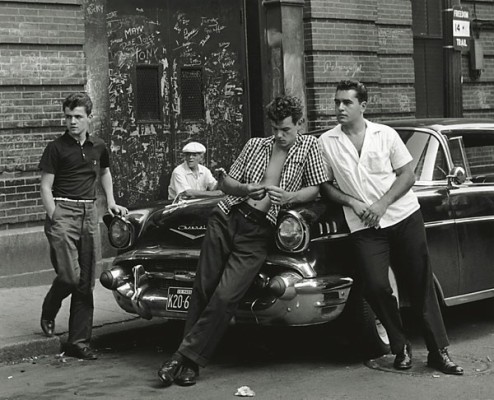Contrary to the popular belief, vintage and antique are not interchangeable terms, both have their pretty distinct meanings and implications. Antique collectors focus more on the intrinsic value of the artifact whereas for a vintage enthusiast, the real value lies behind the memory and nostalgia associated with the item. Despite the fact that there is an influx of online selling platforms where consumers and seller can lock their horns, vintage industry is mostly relying on the open markets and live selling events. Why? Simply because most of the avid vintage lovers like to experience the items in front of their eyes before paying the value for the product. This is purely because they need to make sure the product adequately quenches their thirst and nostalgia for that particular item.
If you are thinking of plunging into the vintage selling industry, you really don’t need a mountain of cash or a massive bank loan; all you require is an attic full of vintage collectibles and enthusiasm for selling them. To top that up following are few of the tips and tricks that could serve you pretty well in your vintage selling business.
- Hard Work and Dedication
I am aware that this is not a secret but this obvious fact is often neglected while starting up a new trade or business. Hard work and dedication always pay off and the sweater it gets the more sugar you add. Try to wake up early if you decide to break into the vintage trade. Always make sure that you are organized and fully aware of the number of items you are taking with you to the market. Don’t get carried away and never take more then you can easily carry. During your time in the market try not to get over excited or discouraged if you are not having a great day.
- Be Smart, Do the Research
Remember that in order to qualify to be vintage, a product must be at least twenty years old. Try to go through your stuff and write a detailed description of all the items that pass the vintage test. If you are not sure about certain products contact your local auction houses. Most of the auction houses could help you clear some fog in relation to the valuation of your products. Some items might look useless to you but they could be an expensive collectible that you never knew about. Try to be aware of the stuff you are aspiring to sell, research about their value through collectors’ point of view. (The Guardian)
- Choose Your ‘Battlefield’ Carefully
Start small, and work your way up the ladder with patience and persistence. First look for some small local fairs and markets. You can only make healthy bucks if you start behaving like a vintage seller, and in order to achieve that you must start small and learn the tricks of the trade. Starting with a big fair as your first gig could ruin all your future prospects.
- Adequate Preparation is the Key
In the vintage trade one plus one is always eleven, meaning always carry a ‘wingman’ with you on fairs. Avoid solo flights, though it sounds heroic and saves you some money but the benefits of a partner are far reaching. Remember in the vintage selling business age is the value; therefore don’t go the extra mile to clean your products with special cleaning chemicals and stuff. Keep your stall clean and presentable and always make sure each product is carefully priced so that no one really needs to ask you for the price.
- Be Creative
Feeling like a vintage trader is the most important behavior that could sell your products in leaps and bounds. Try to be creative in your presentation, decorate your stall with vintage material and turn it into a cute pop up shop. Prepare a pitch for your products, learn about your products. It is always a good idea to walk around other markets to get inspiration for your stall. I once saw someone giving out receipts to people using a very old typewriter and then signing at the end with a vintage pen, buyers left with a massive smile on their faces and even treated the receipt as a vintage.
Just like any other trade, consistency and patience are two very important rules to consider. There is no shortage of enthusiasts who jump into the field of vintage selling, however very quickly get discouraged purely due to the lack of patience and love for the trade. Don’t get intimidated by other traders, rather get inspired and be sure that you will cover some pretty long miles.

